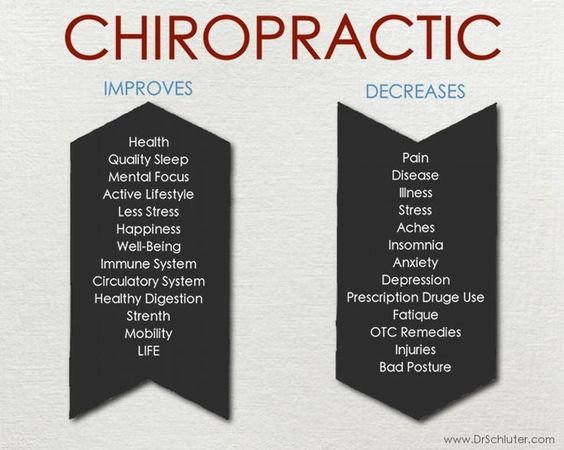Daily Practices That Cause Pain In The Back And Techniques For Avoidance
Daily Practices That Cause Pain In The Back And Techniques For Avoidance
Blog Article
Web Content By-Briggs Dempsey
Maintaining proper pose and avoiding common pitfalls in daily tasks can substantially influence your back health. From how you rest at your desk to just how you raise heavy objects, little changes can make a big distinction. Think of a day without the nagging neck and back pain that prevents your every step; the remedy might be simpler than you believe. By making a few tweaks to your day-to-day practices, you could be on your way to a pain-free presence.
Poor Position and Sedentary Lifestyle
Poor pose and an inactive way of life are 2 significant contributors to pain in the back. When you slouch or hunch over while resting or standing, you put unnecessary stress on your back muscular tissues and spine. This can cause muscle mass discrepancies, tension, and at some point, persistent back pain. Additionally, sitting for extended periods without breaks or physical activity can deteriorate your back muscular tissues and cause stiffness and pain.
To fight poor pose, make an aware effort to sit and stand straight with your shoulders back and aligned with your ears. Bear in mind to keep your feet level on the ground and stay clear of crossing your legs for extended periods.
Integrating normal stretching and enhancing exercises right into your day-to-day routine can likewise help improve your pose and ease neck and back pain associated with a sedentary way of living.
Incorrect Lifting Techniques
Inappropriate training strategies can significantly add to back pain and injuries. When you raise hefty objects, keep in mind to bend your knees and utilize your legs to lift, instead of depending on your back muscle mass. Avoid twisting your body while training and keep the object near to your body to lower strain on your back. visit this web page link to keep a straight back and prevent rounding your shoulders while raising to stop unnecessary pressure on your spinal column.
Always analyze the weight of the things prior to raising it. If it's also hefty, ask for help or use devices like a dolly or cart to transfer it securely.
Keep in mind to take breaks throughout raising jobs to provide your back muscle mass an opportunity to relax and protect against overexertion. By implementing proper lifting techniques, you can stop pain in the back and minimize the risk of injuries, guaranteeing your back stays healthy and balanced and solid for the long-term.
Lack of Regular Workout and Extending
A less active way of life lacking normal workout and extending can dramatically add to back pain and pain. When you do not take part in exercise, your muscles end up being weak and inflexible, causing bad stance and boosted strain on your back. deep chiropractic strengthen the muscles that sustain your back, boosting stability and decreasing the threat of neck and back pain. Including extending into your regimen can likewise boost adaptability, avoiding rigidity and pain in your back muscular tissues.
To stay clear of pain in the back brought on by an absence of exercise and extending, go for at the very least half an hour of moderate physical activity most days of the week. Include workouts that target your core muscular tissues, as a strong core can aid relieve pressure on your back.
In addition, take breaks to stretch and move throughout the day, particularly if you have a desk task. Easy stretches like touching your toes or doing shoulder rolls can assist relieve tension and avoid back pain. Prioritizing regular exercise and stretching can go a long way in keeping a healthy back and decreasing discomfort.
Final thought
So, bear in mind to sit up straight, lift with your legs, and stay active to prevent pain in the back. By making basic changes to your everyday routines, you can avoid the discomfort and constraints that include neck and back pain. Look after your back and muscle mass by practicing good position, proper training techniques, and regular workout. Your back will thank you for it!
